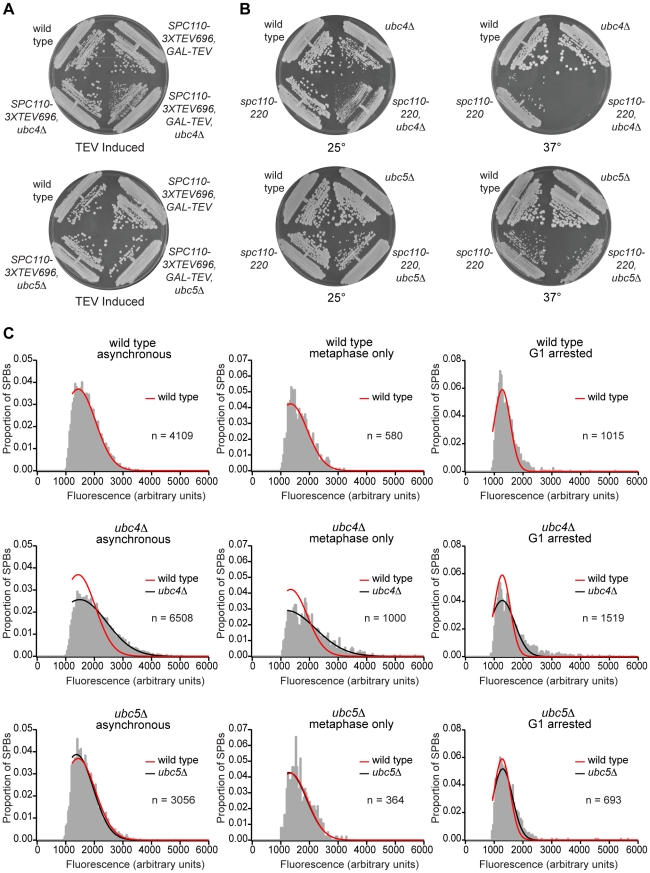Figure 3. Deletion of UBC4, but not UBC5, causes a defect in SPB size regulation.
(A) ubc4Δ, but not ubc5Δ, has a synthetic growth defect when combined with Spc110 cleavage. Strains were grown on YP RAFF/GAL plates at room temperature. (B) ubc4Δ has a more pronounced growth defect when combined with assembly mutant spc110-220 than ubc5Δ. Strains were grown on YPD plates at 25° and 37°. (C) Asynchronously growing ubc4Δ, but not ubc5Δ, cells show a defect in SPB size regulation. Strains were grown overnight at 23° in YPD liquid media to a cell density of 25 Klett units. α-factor was added to a concentration of 7.56 µg/ml at time zero and samples were taken and fixed in formaldehyde for imaging of the asynchronous cultures. Strains were then incubated at 23° for 3.5 hours (1.5 generations) and samples were taken from the G1 arrested cells and fixed in formaldehyde for imaging. SPB fluorescence of asynchronously growing and G1 arrested cells was measured and plotted as described. Best fit Gaussian curves were fit to each distribution and the wild type fit is overlaid in red on the ubc4Δ and ubc5Δ histograms for comparison. SPBs in the asynchronous population that were part of metaphase pairs were isolated and their SPB fluorescence values were also plotted. The distribution of SPB fluorescence after α-factor arrest shows a similar shift in wild type, ubc4Δ, and ubc5Δ cells, indicating that the mutant strains are able to reduce SPB size in α-factor as well as wild type.

